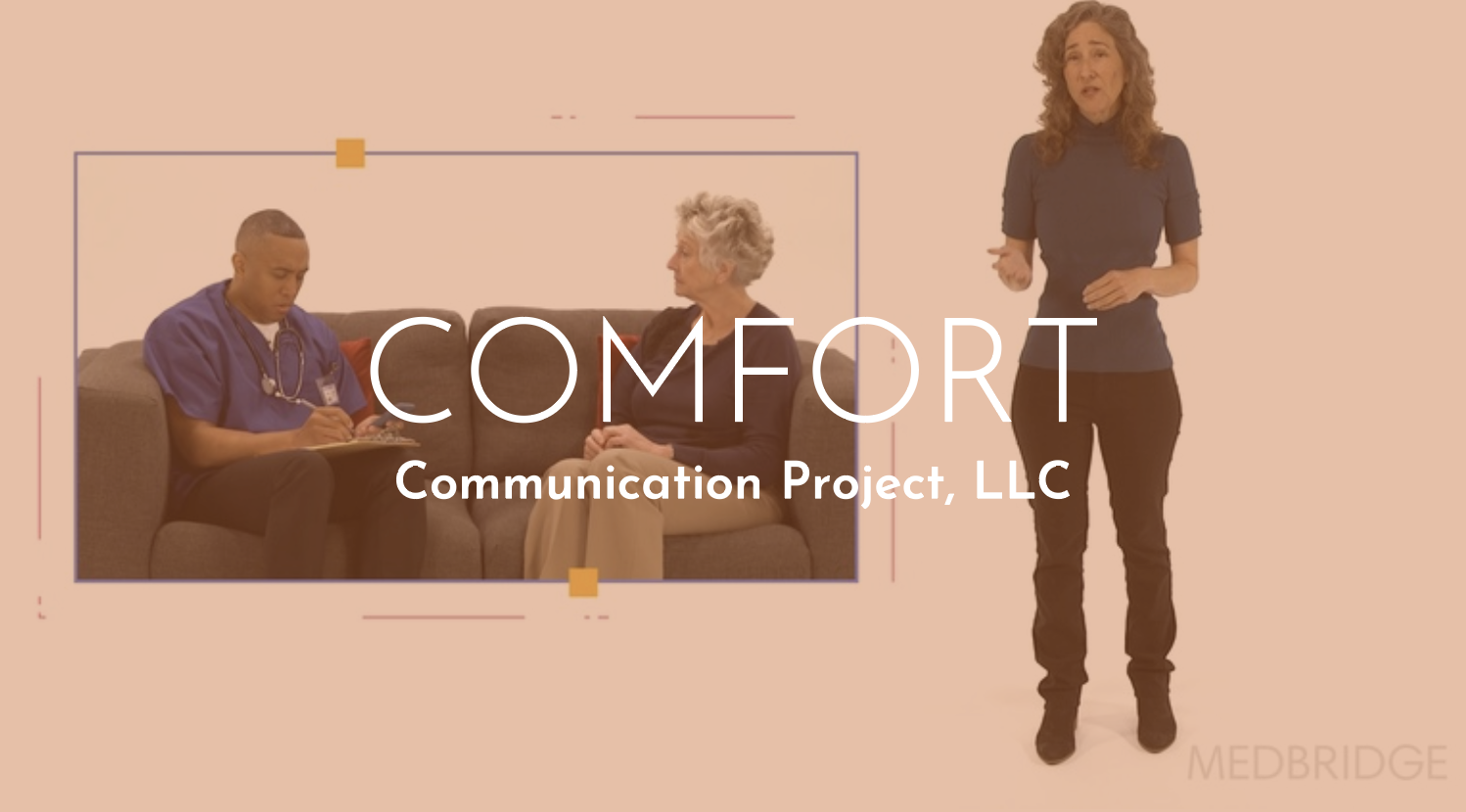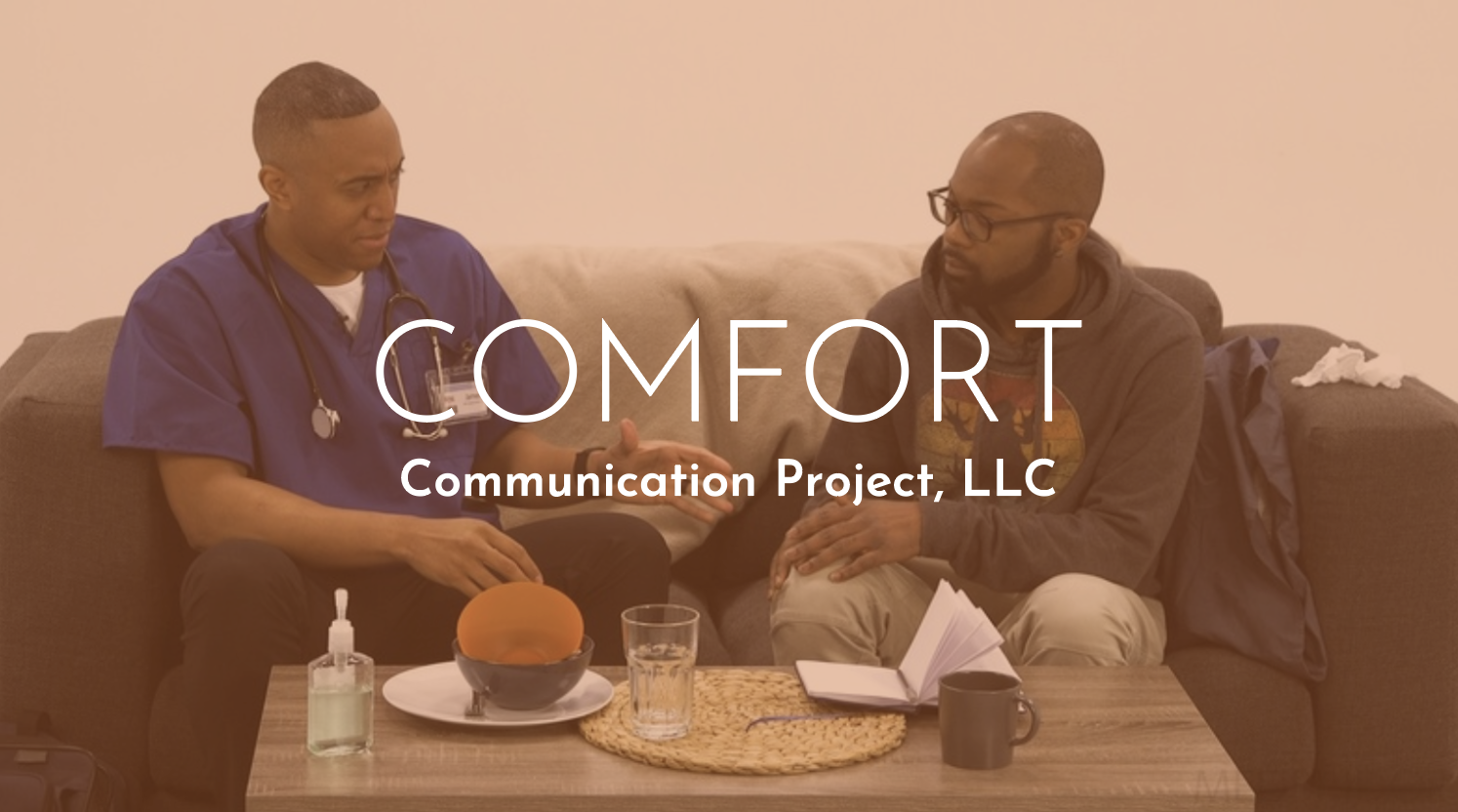Training Modules
Essential Tools for Talking With Family Caregivers
Deep Listening: Reflexive Skills for Working With Families
Strategies for Navigating Conflict With Family
Optimizing Communication to Reduce Family Grief
Care Plans: Helping Family Understand Decline in a Patient






